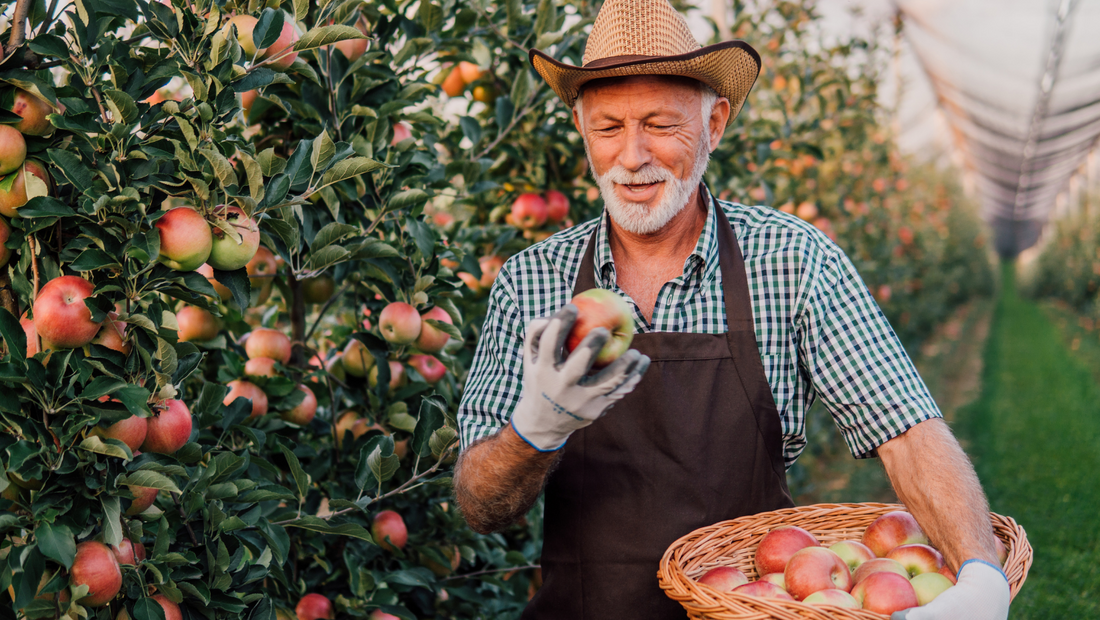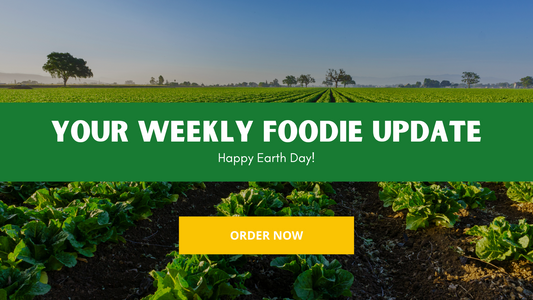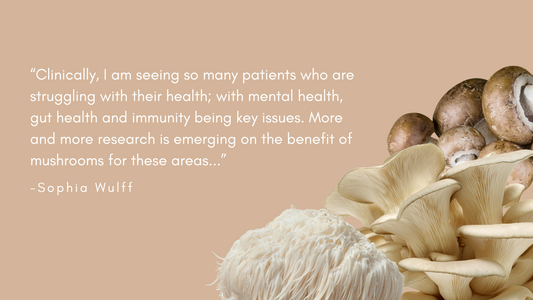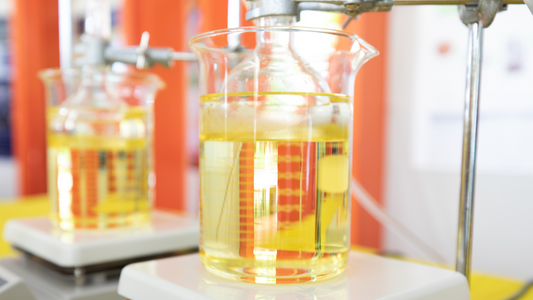Download our Guide to the Dirty Dozen and Clean Fifteen.
EWG's (Environmental Working Group) annual Dirty Dozen and Clean Fifteen lists have become go-to resources for consumers aiming to make informed decisions about the produce they’re buying. These lists highlight fruits and vegetables with the highest and lowest pesticide residues and the lists for 2024 have now been released!
Let's delve into what these lists mean, why they matter, and how they can empower us to make healthier choices.
The Dirty Dozen
This list comprises twelve fruits and vegetables that, according to the EWG, typically contain the highest pesticide residues when conventionally grown. Topping the list are items like strawberries, spinach, and kale, which often harbour multiple pesticide residues, even after washing. These chemicals have been linked to various health concerns, including hormone disruption, neurological issues, and even cancer in some cases.
The use of pesticides on these foods highlights the importance of choosing organic options whenever possible. While washing produce can reduce pesticide residue to some extent, it won’t eliminate them entirely. Think about those science experiments from school where you put celery in a jar and add red food dye to it. The celery completely absorbs and becomes the colour of your choosing.
The Clean Fifteen
On the flip side, The Clean Fifteen comprises fifteen fruits and vegetables that, according to the EWG's data, tend to have the lowest pesticide residue when conventionally grown. These include items such as avocados, sweet corn, and pineapples, which are less likely to retain pesticide residues compared to items on the Dirty Dozen list.
While organic options are always preferable from a health and environmental standpoint, the Clean Fifteen list offers reassurance to budget-conscious consumers who may not be able to afford organic produce. By identifying which fruits and vegetables are less likely to be contaminated with pesticides, consumers can prioritise organic produce while still incorporating plenty of fruits and vegetables into their diets.
Empowering Our Choices
EWG's Dirty Dozen and Clean Fifteen lists are valuable tools for consumers navigating the complex landscape of modern food production. By arming individuals with information about pesticide residue in produce, these lists empower us to make more informed choices about the foods they eat and feed their families.
However, it's essential to remember that these lists are just one piece of the puzzle. Supporting sustainable farming practices and advocating for stricter regulations on pesticide use can help create a safer and healthier food system for everyone.
Download our Guide to the Dirty Dozen and Clean Fifteen, which you can print and pop on your fridge as a reminder.




